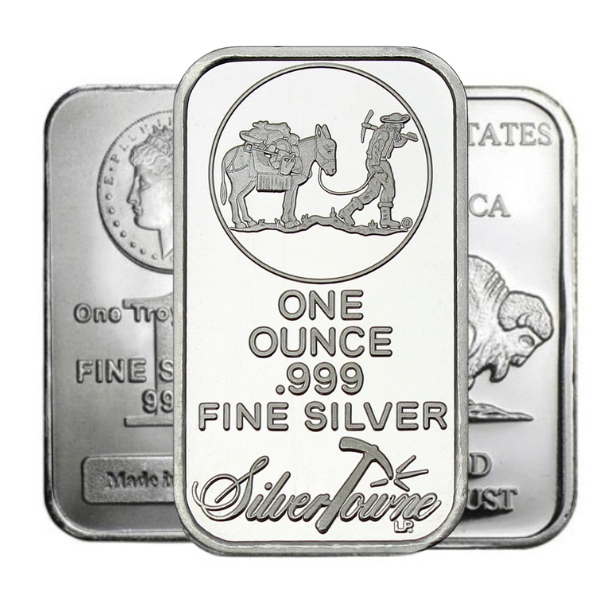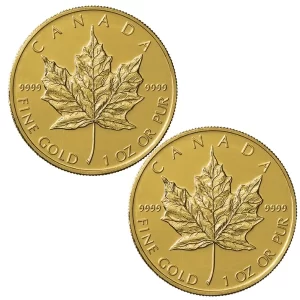Toning can be seen on a variety of composition coins, but it is most frequently observed on silver coins. Gold, copper, nickel, and other metals can also have some toning. The development of toning is a gradual and natural process that might take months or years. Coin toning is the natural or intentional change in the color and appearance of a coin’s surface due to exposure to environmental factors or chemical treatments. Moreover, the common naturally occurring chemicals in the air react with silver and copper.
How Does This Occur?
Coin toning typically happens gradually and naturally. It results from the metal of the coin reacting with oxygen or Sulphur. It solely depends on the surroundings of the coin.
Toning can be a two-edged sword.
You could say that everyone has their own definition of beauty. The vivid colors of a coin with rich tones can astound some coin collectors. They’ll fork up more money than an untoned, correctly graded coin would be worth. Naturally, there is also a counterargument. Some people avoid them completely because they think the chemical process that toned the coin constitutes surface damage.
Different Types of Silver Toning
Natural
Coins that have a natural tone come about after a protracted and gradual process in which the environment’s chemicals react with the coin’s surface. There aren’t many coin albums, folders, or paper envelopes produced of archival grade that don’t include sulphur and acids that react with the coin’s surface and highlight the lovely rainbow toning. In other cases, it can also highlight an unsightly black or brown tone.
Artificial
Coins are artificially toned using specific chemicals. This is most likely done to raise a coin’s value. Yet, when discovered, fake toning lowers a coin’s value.
Toning colors
Copper’s life cycle is most frequently observed going from orange to reddish-brown to fully brown to almost black. A silvery gray that ultimately turns musty in the case of Nickel. Brilliant silver to dark silver to black. Sometimes the toning of silver will exhibit rainbow-like hues, which can significantly increase value.
 Hi,
Hi,























